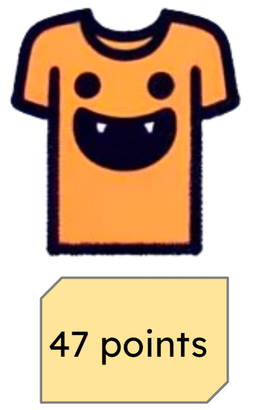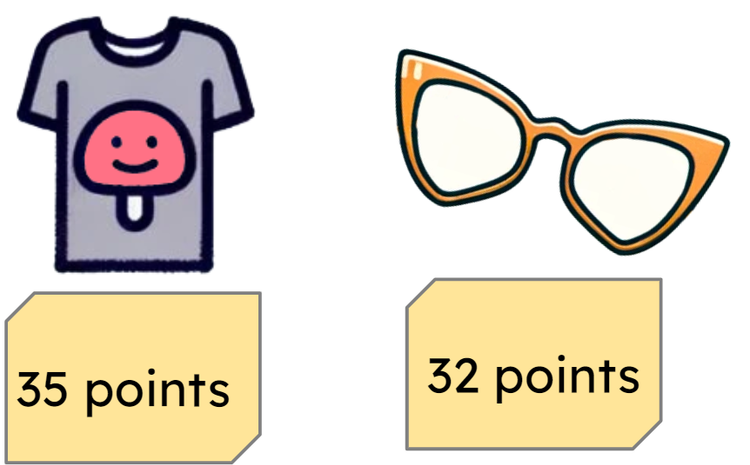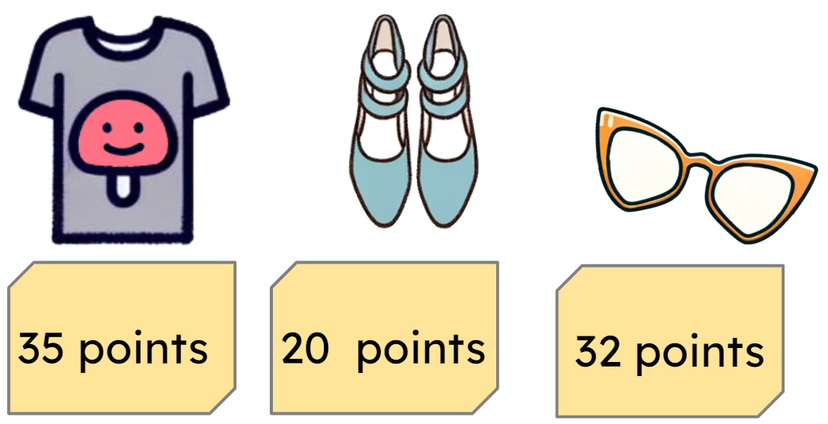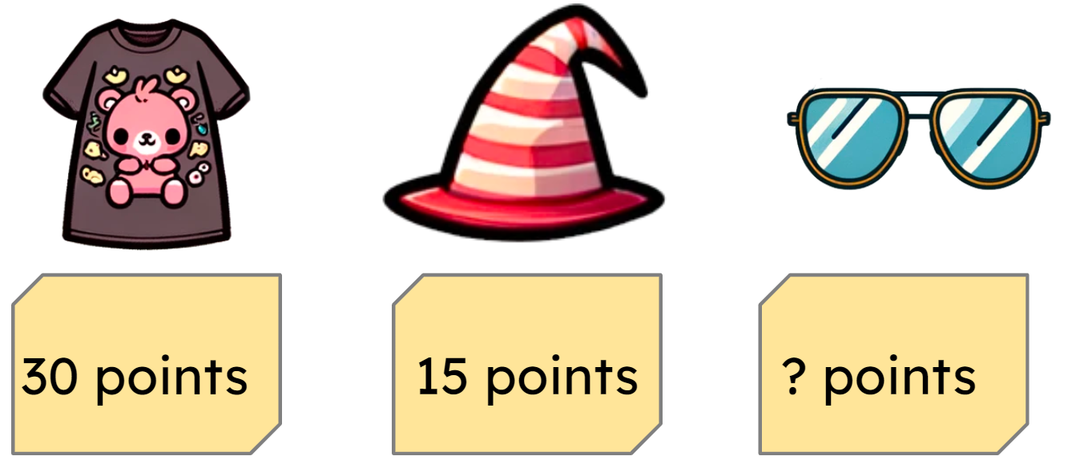Myths about teaching can hold you back
- Year 2
Create addition and subtraction problems
I can create problems involving the addition and subtraction of two-digit numbers.
- Year 2
Create addition and subtraction problems
I can create problems involving the addition and subtraction of two-digit numbers.
These resources will be removed by end of Summer Term 2025.
Switch to our new teaching resources now - designed by teachers and leading subject experts, and tested in classrooms.
These resources were created for remote use during the pandemic and are not designed for classroom teaching.
Lesson details
Key learning points
- When creating problems, we must decide whether we want to create an addition or a subtraction problem.
- Addition problems can involve combining two parts to make the whole.
- Addition problems can also involve increasing one part by the other part to reach the whole.
- Subtraction problems can involve partitioning one part from the whole to find the remaining part.
- Subtraction problems can also involve decreasing the whole by one part to find the remaining part.
Keywords
Addition - Addition involves finding the total, or sum, by combining two or more numbers.
Subtraction - Subtraction involves taking one number away from another.
Bridge 10 - An addition or subtraction strategy where numbers are partitioned to reach the previous or next multiple of 10, so bonds to 10 can be used to calculate more efficiently.
Common misconception
Children can have difficulty creating problems because they cannot process the amount of information needed and organise their thinking in the way necessary to know how to start.
Give criteria, such as the context, the numbers involved, an equation to represent, or a given structure of addition or subtraction to help focus and structure their thoughts.
To help you plan your year 2 maths lesson on: Create addition and subtraction problems, download all teaching resources for free and adapt to suit your pupils' needs...
To help you plan your year 2 maths lesson on: Create addition and subtraction problems, download all teaching resources for free and adapt to suit your pupils' needs.
The starter quiz will activate and check your pupils' prior knowledge, with versions available both with and without answers in PDF format.
We use learning cycles to break down learning into key concepts or ideas linked to the learning outcome. Each learning cycle features explanations with checks for understanding and practice tasks with feedback. All of this is found in our slide decks, ready for you to download and edit. The practice tasks are also available as printable worksheets and some lessons have additional materials with extra material you might need for teaching the lesson.
The assessment exit quiz will test your pupils' understanding of the key learning points.
Our video is a tool for planning, showing how other teachers might teach the lesson, offering helpful tips, modelled explanations and inspiration for your own delivery in the classroom. Plus, you can set it as homework or revision for pupils and keep their learning on track by sharing an online pupil version of this lesson.
Explore more key stage 1 maths lessons from the Addition and subtraction of two 2-digit numbers unit, dive into the full primary maths curriculum, or learn more about lesson planning.

Licence
Prior knowledge starter quiz
6 Questions
Q1.First, Izzy had 76 points. Then, she bought this t-shirt. How many points will she have left now? Which equation would solve this problem?

Q2.First, Andeep bought a t-shirt. Then, he bought a pair of glasses. How many points has he spent?

Q3.Match the equations that will have the same value.
74 − 19 − 20 = ?
84 − 40 − 31 = ?
69 − 20 − 33 = ?
Q4.Which number line represents the same equation as the number line shown?




Q5.First, Izzy bought a t-shirt. Then, she bought a pair of shoes. Finally, she bought a pair of glasses. How many points does she spend altogether? 35 + 20 + 32 = ? Izzy spent points.

Q6.Andeep had 98 points. He bought these items. How much did the glasses cost? 98 − 30 − 15 = The glasses cost points.



